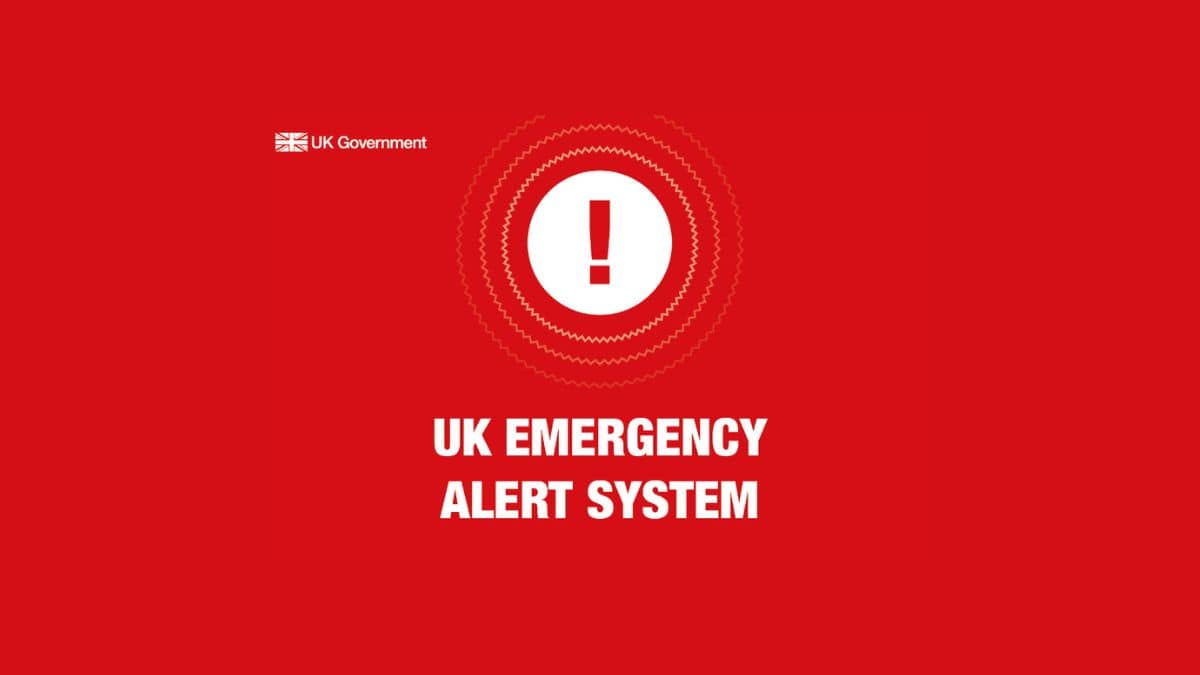
The key thing to remember is that small changes do make a big difference, and steady progress is far more important than perfection.
It’s easy to get started, but here are a few common pitfalls to watch out for along the way.
Common mistakes to avoid
Let’s take a look at some common pitfalls to avoid when making your site more accessible so you can keep things smooth, simple, and user-friendly for everyone!
Messy forms
Labels should be clear and linked to the right fields. Confusing forms can lead to a bad user experience, so make sure they’re as easy to fill out as possible. A little clarity goes a long way.
Skipping mobile accessibility
Mobile design isn’t just about fitting everything on a smaller screen. Test things like button size and text readability to ensure accessibility across all devices. Your mobile users will thank you.
Inconsistent keyboard navigation
Users should be able to navigate your site with the Tab key without issues. If some parts work and others don’t, it can be super frustrating for users. Consistency is key.
Forgetting about clear focus indicators
Focus indicators are essential when navigating with a keyboard. Without them, it’s like trying to find your way around in the dark. Make sure they’re visible and easy to follow so users always know where they are.
Relying on color alone
If you’re only using color to signal things like errors (red) or success (green), remember that not everyone sees colors the same way. For color-blind users, add extra context with icons or text so your message gets through loud and clear.
Skipping text alternatives for videos and audio
If you have video or audio content, don’t forget about those who can’t hear or see it. Always include captions or transcripts. Not only does this make your content more accessible, but it boosts your SEO too – a win all around!
Messing up the heading structure
Headings help users and search engines navigate your content. If your H1s, H2s, and H3s aren’t in order, it’s like giving someone a map without directions. A clear heading structure is a simple way to guide everyone where they need to go.
HTML example for headings:
<h1>The accessibility advantage in SEO</h1>
<h2>What is accessibility?</h2>
<h3>Accessibility for different disabilities</h3>Vague or hard-to-find error messages
We’ve all been there — you’ve hit a snag in a form and gotten a vague “something went wrong” message. Super frustrating, right? Make sure your error messages are specific, helpful, and easy to find. Giving clear guidance will help users get back on track quickly.
Not testing for accessibility
It’s easy to assume everything’s fine, but testing is a must! Make sure you’re regularly checking your site with screen readers, keyboard navigation, and other assistive tech to catch any issues. Just because something looks good doesn’t mean it’s fully accessible – so take the time to test, test, and test again.
Not sure what tools to use to test your site? Don’t worry, I’ve got you!
Top tools to help get you started
When you’re ready to dive into testing your site’s accessibility, there are plenty of tools that make it super easy to get things on track. Here are a few of the top picks to help you out:
WebAIM: WebAIM is packed with accessibility tools and guidelines to guide you. Their Wave Accessibility Evaluation Tool is great for reviewing individual pages and spotting accessibility issues.
WAVE: This user-friendly tool is available as both a browser extension and a web-based tool. It lets you see accessibility issues right on your page, from missing alt text to low contrast and tricky heading structures. It’s perfect for quick checks.
Axe: Developers love Axe! It’s a handy browser extension that helps you dig into your site’s code to find issues like missing ARIA attributes or incorrect headings. It integrates seamlessly into your dev process.
Lighthouse: If you’re looking for a full site audit, Lighthouse is built into Chrome DevTools and gives you a thorough accessibility review, plus performance and SEO insights. It’s a one-stop shop for actionable improvements.







